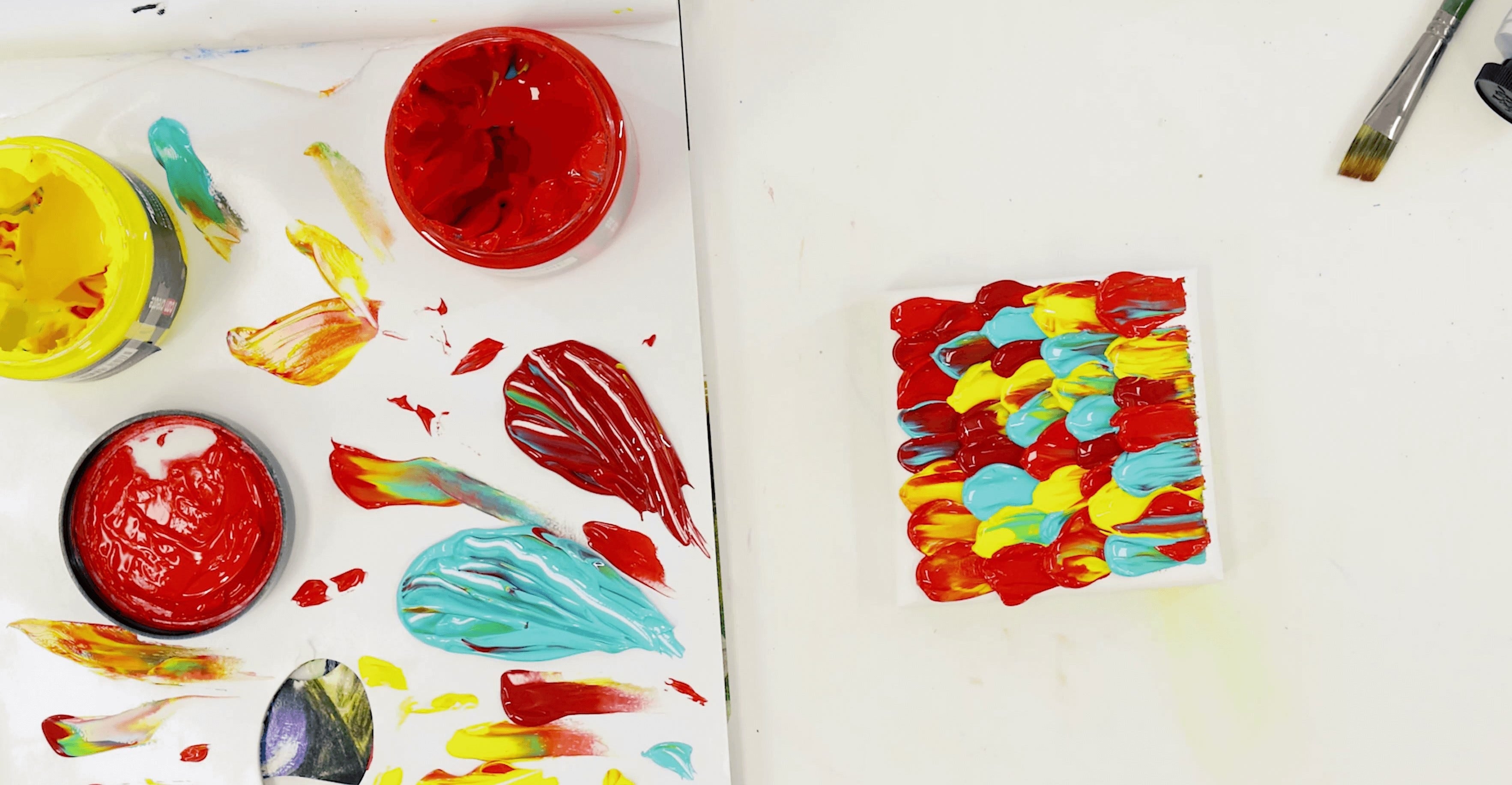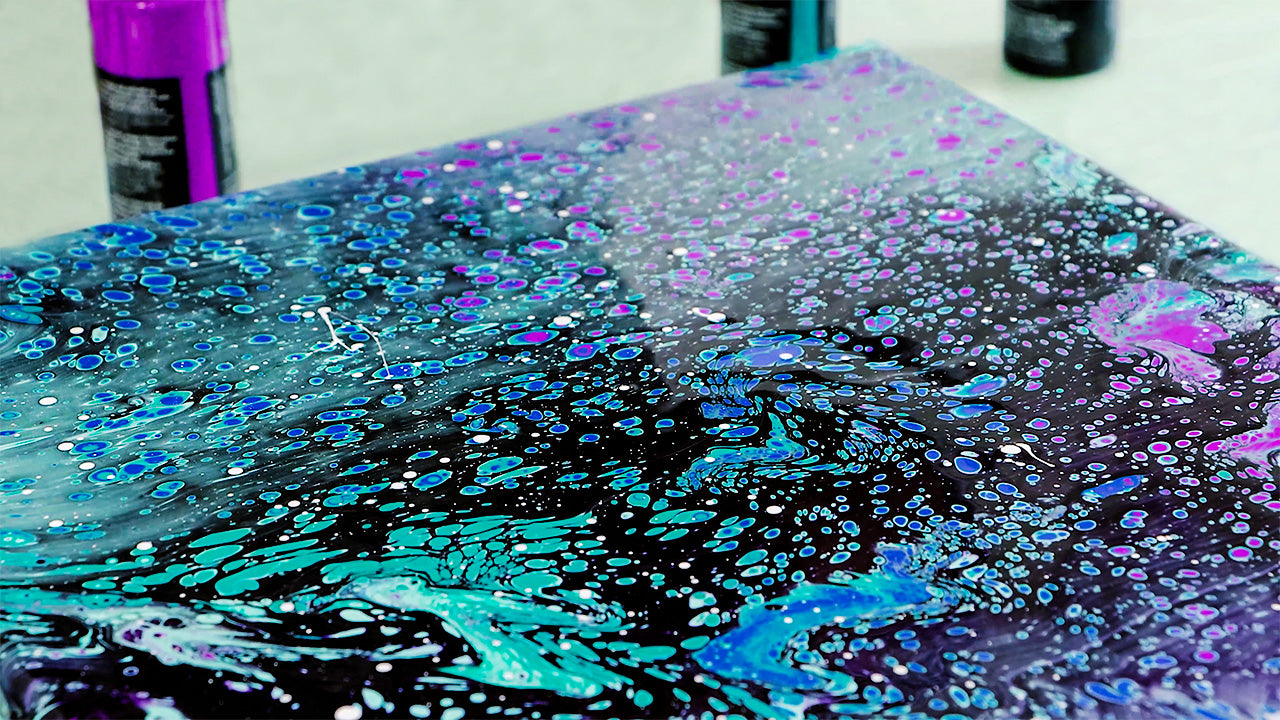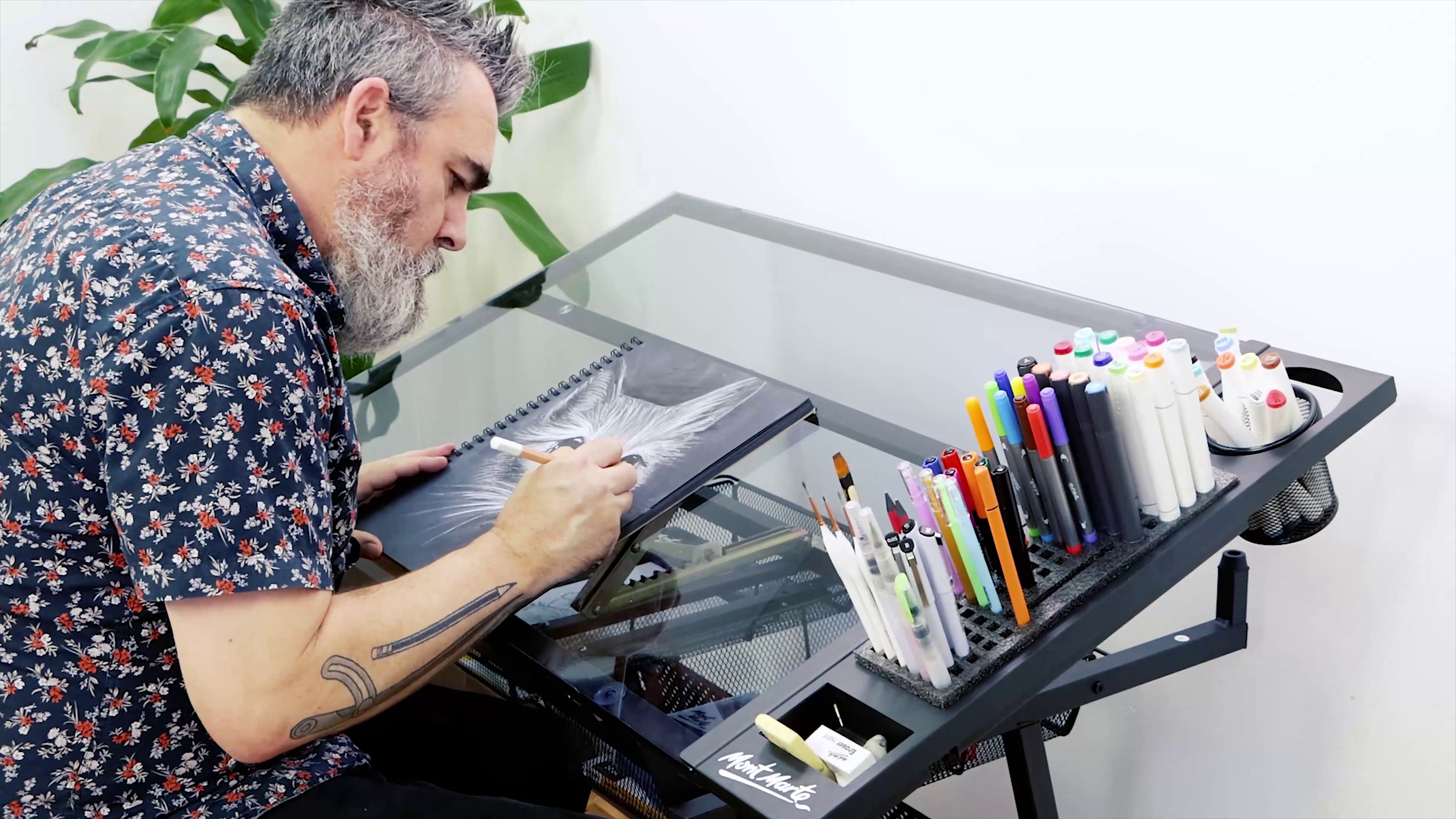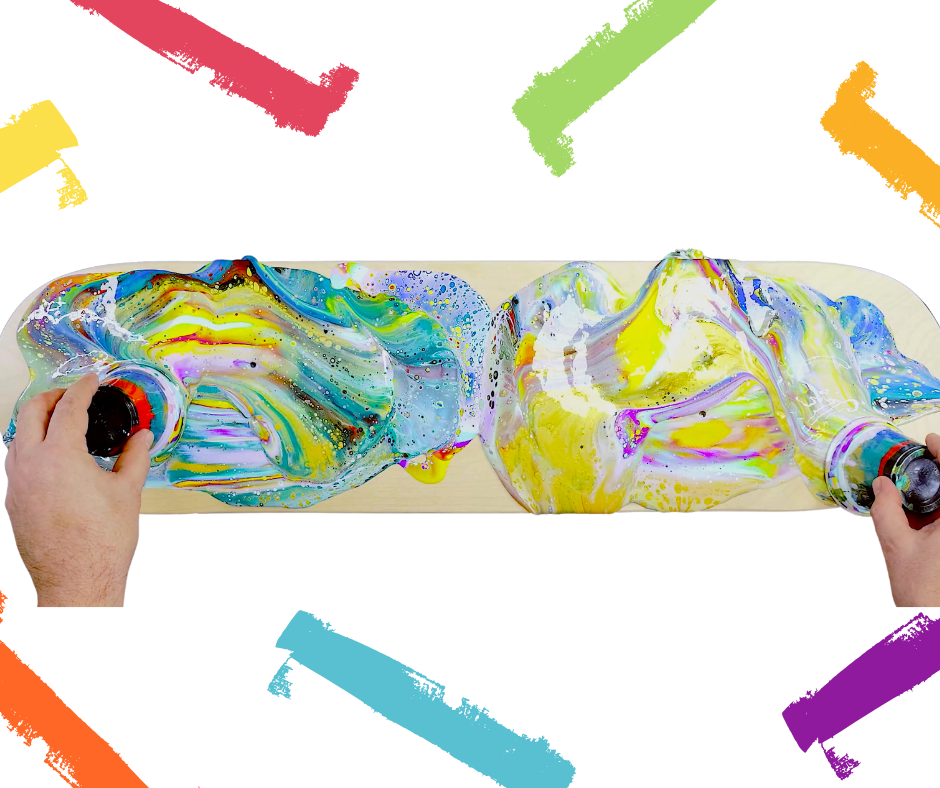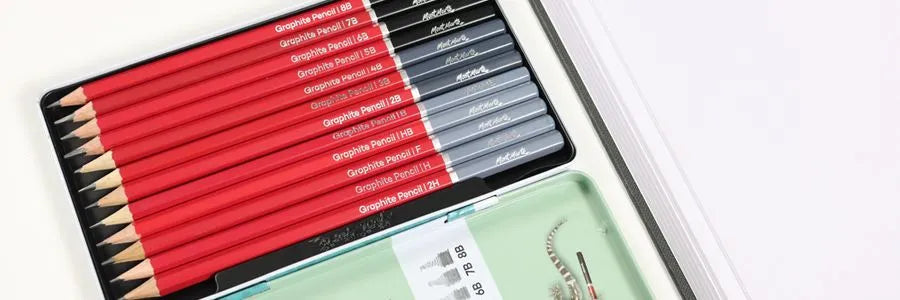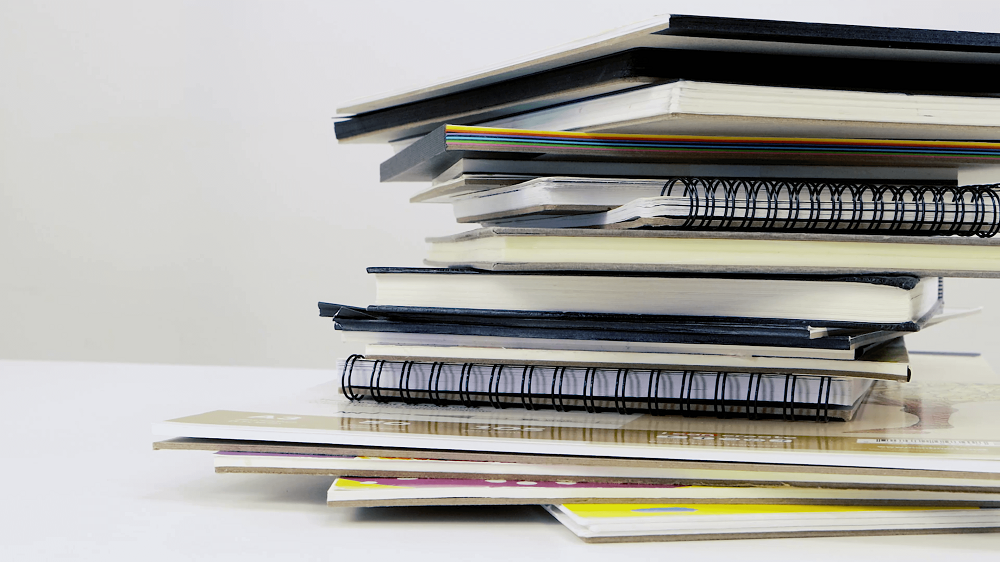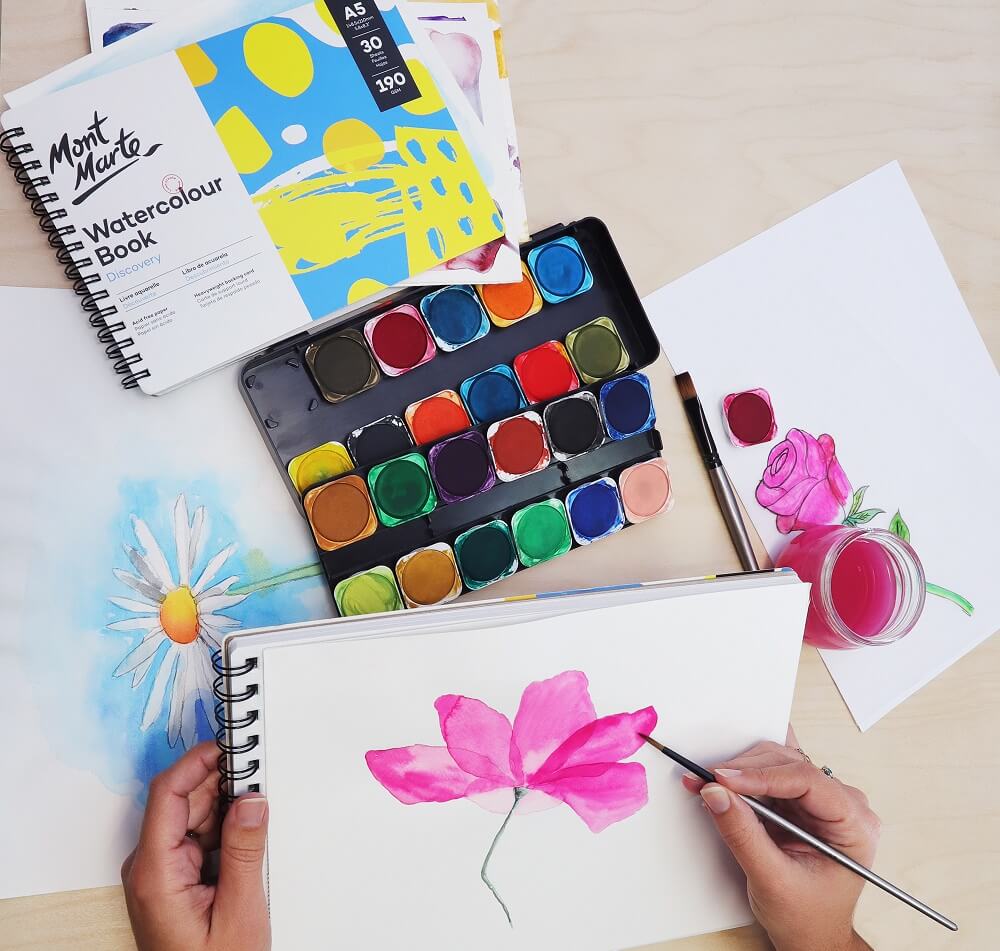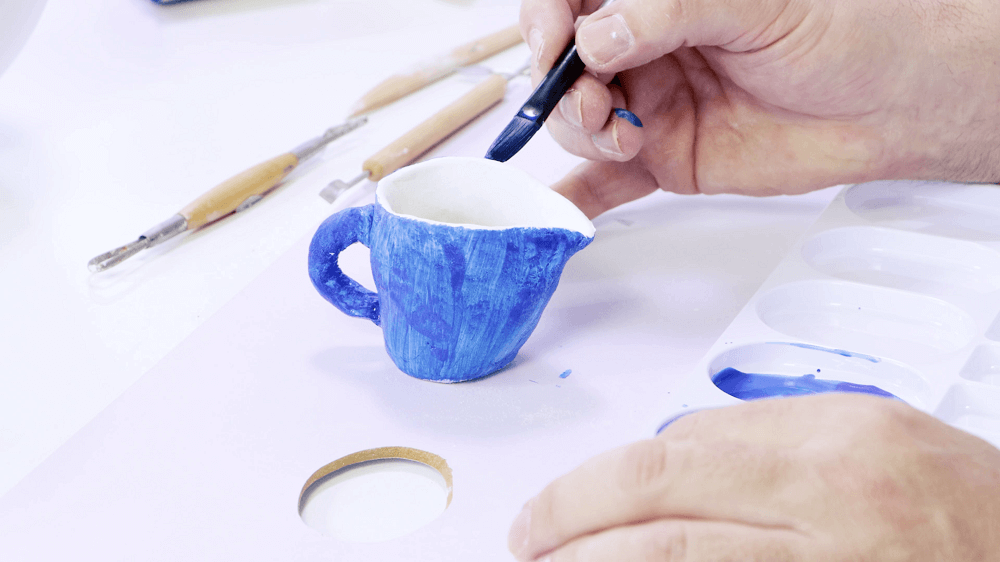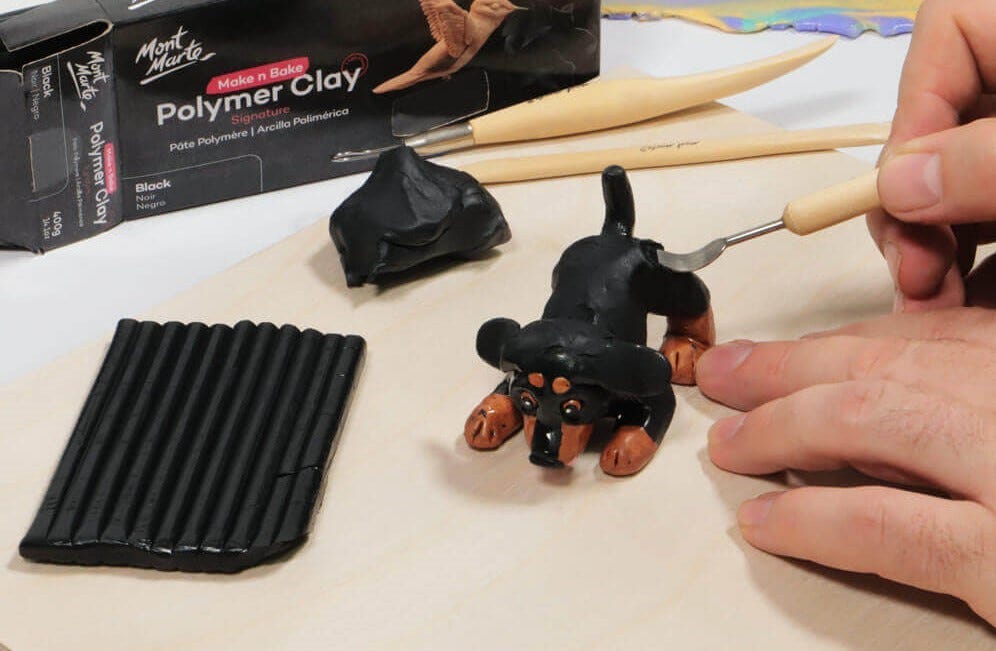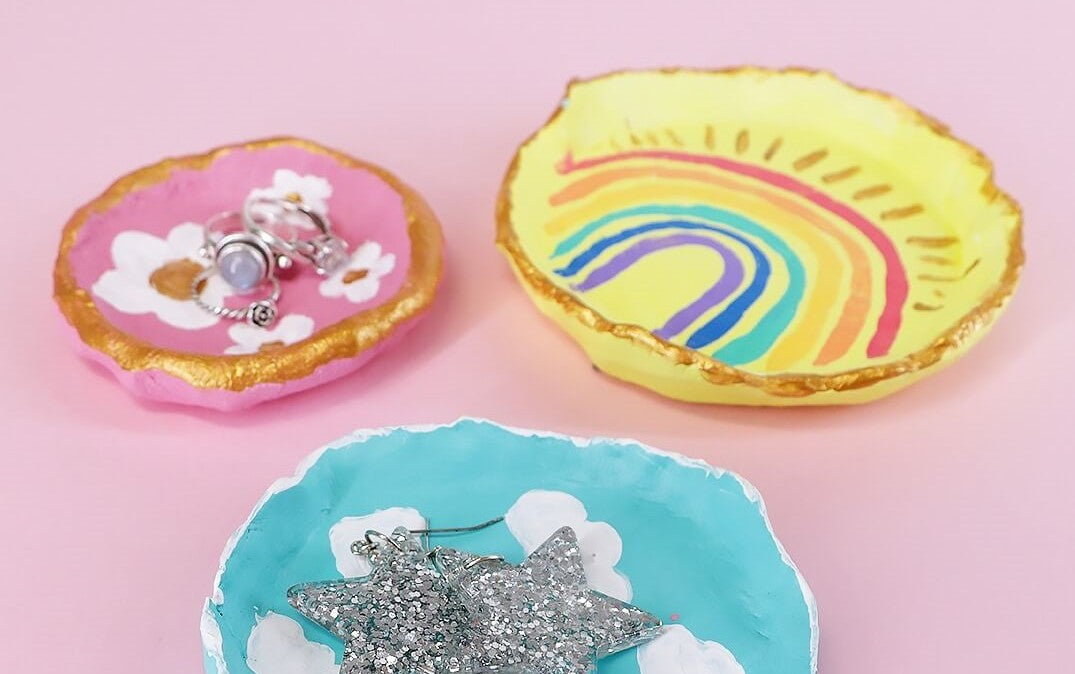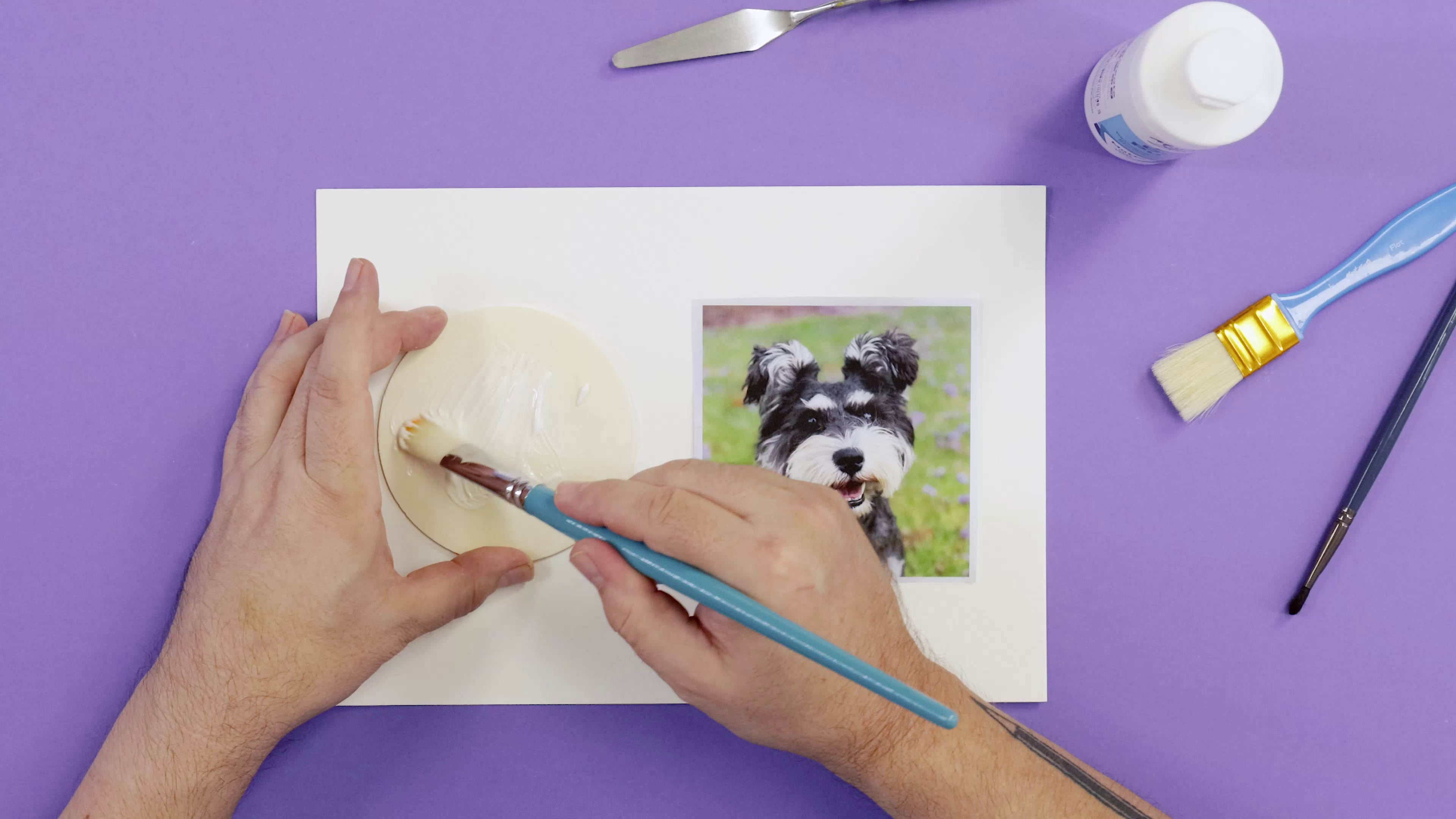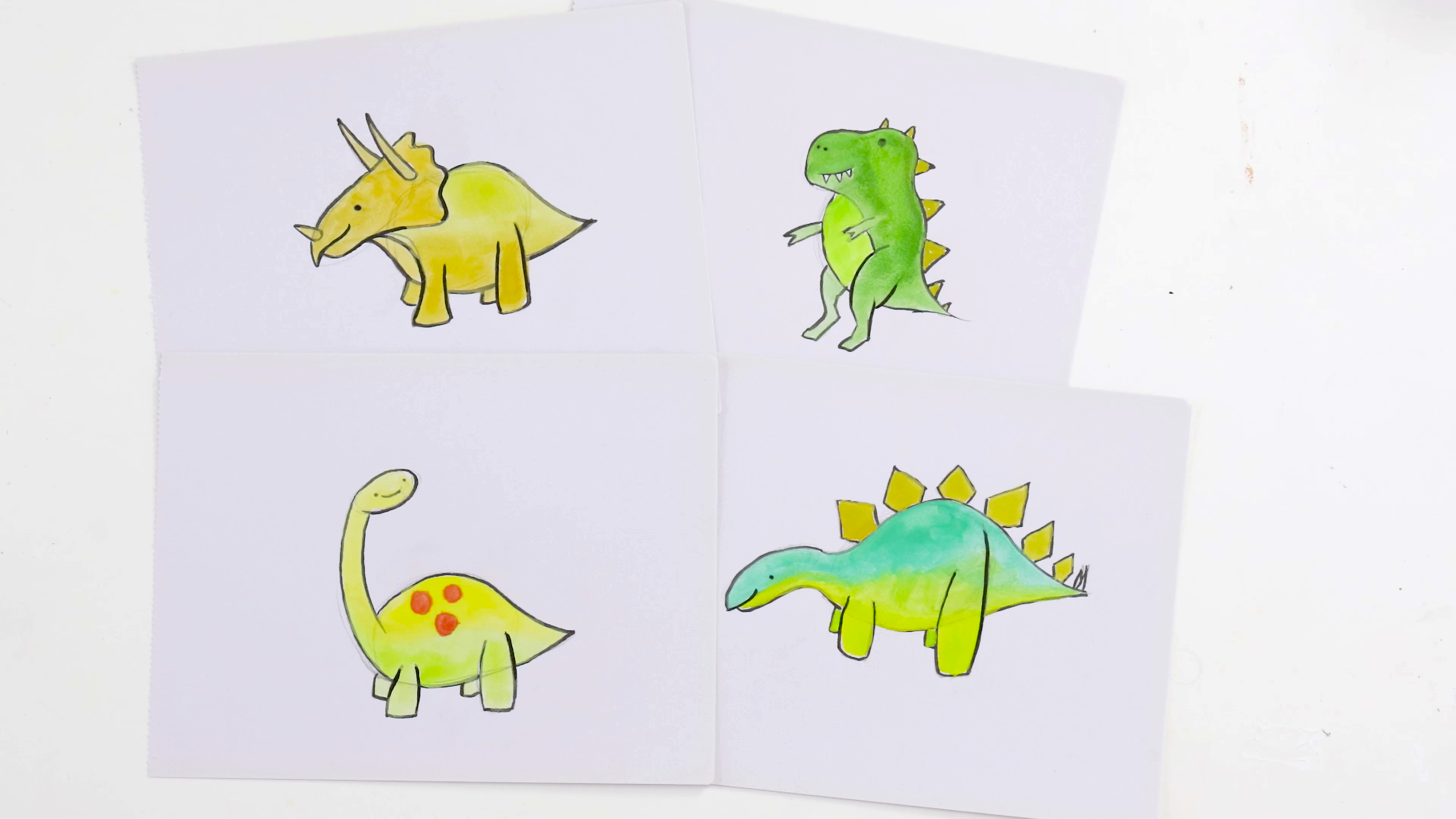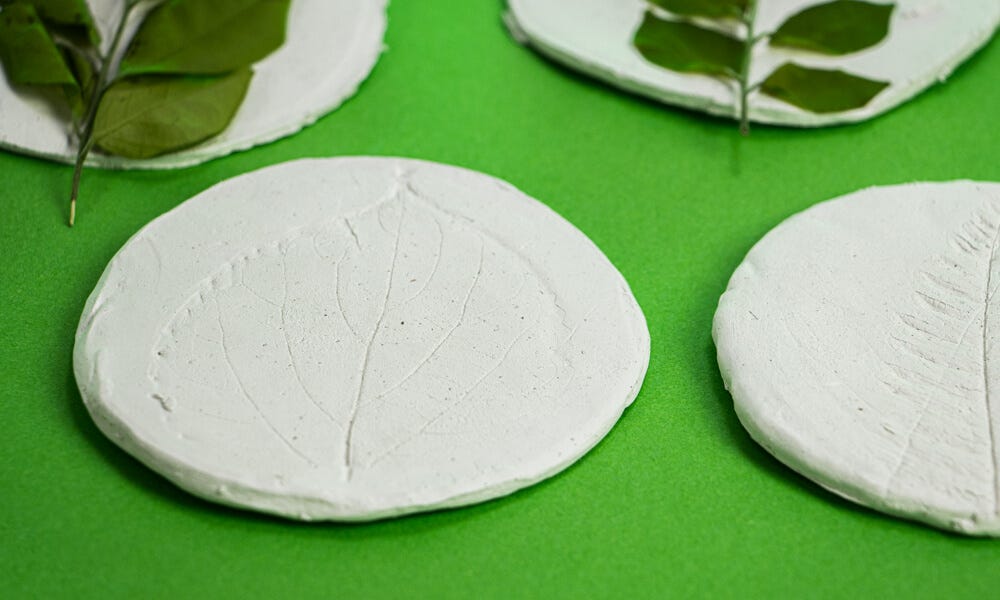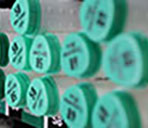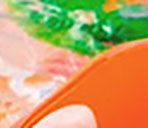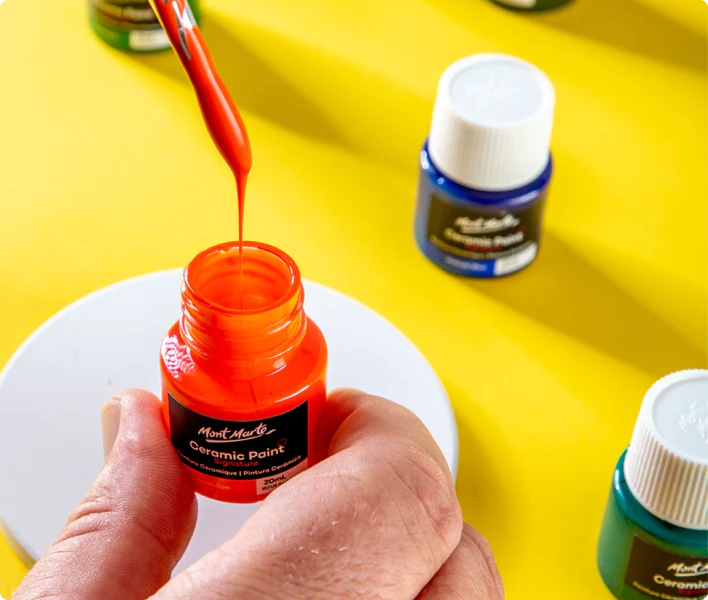Whether you’re strapped for time, or you’d rather use a mould to create a specific design in your clay creations, it can help to turn to a silicone mould. Moulds are great for clay work and best of all, they’ll do the hard yards for you. Silicone moulds work best for this, they’re flexible and the clay will slide off a lot easier with this type of mould. So before starting, reach for a silicone mould rather than a metal one.
1. Clean the mould before use
Because clay is sticky stuff, you’ll need to make sure the mould is clean and completely dry before popping any clay in. Otherwise, you’ll end up with dirt getting stuck to your clay creation and no one wants that. Use a clean brush if you need to, to wipe the mould beforehand.
2. Push the clay into the mould
Knead the clay until it’s soft, this shouldn’t take too long, just gently condition a small piece of clay. Not sure what clay to use? Our Mont Marte air dry clay is pliable after kneading and worth checking out. Once your clay is super soft, place a small chunk into the mould, starting from the middle and working your way out.
3. Remove any excess
You can remove leftovers or any over-hanging pieces with a palette knife or a butter knife. You can also smooth the back with a splash of water to remove any hard edges.
4. Let it dry
For shallow moulds, you can remove the clay almost immediately. For deeper moulds, it’s best to let the clay dry completely before removing it from the mould – this is just to be sure your clay has dried completely.
5. Removing the clay
Once it’s dry, you can pop your clay out, the best way to do this, is to pull the sides of the mould away from the clay and pop the shape out from the bottom, then the pieces will eventually fall out. After your clay has dried, it’s now time for you to sand or paint your creation!
Looking for more? Check out our air dry clay range to get stuck into it, or check out more of our handy how-to videos.


